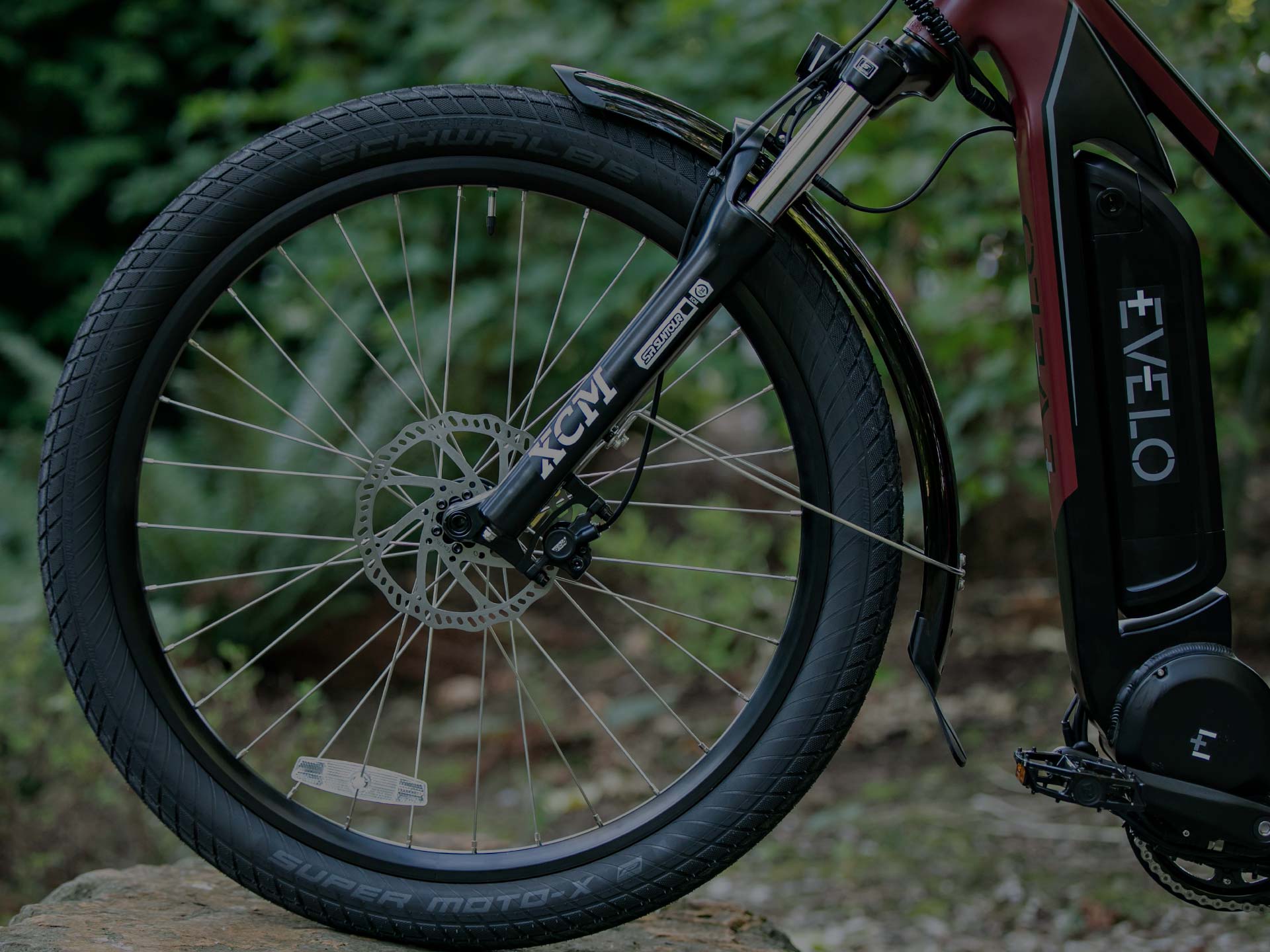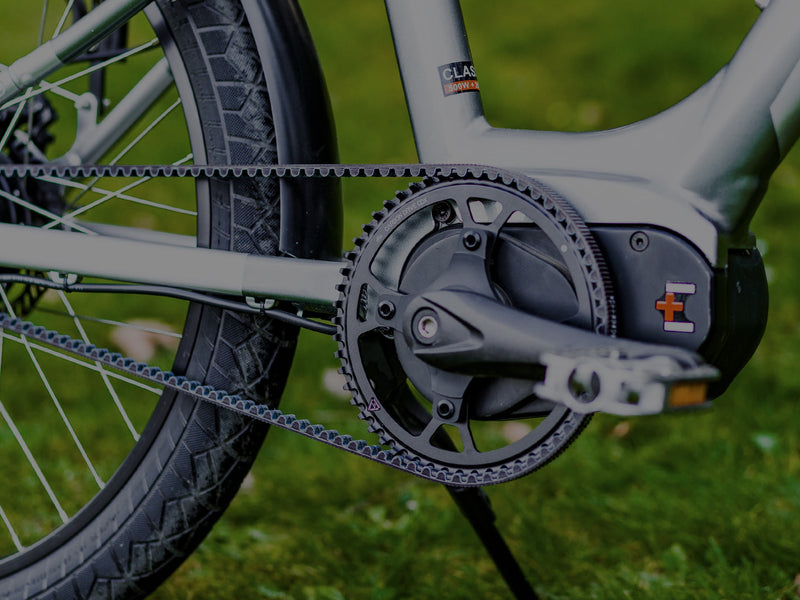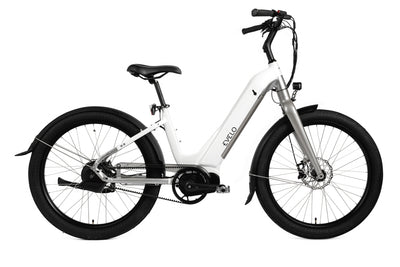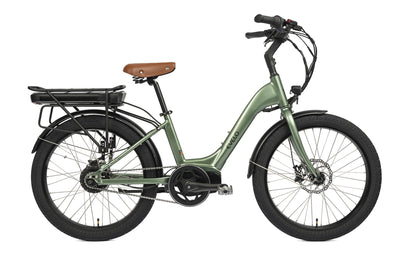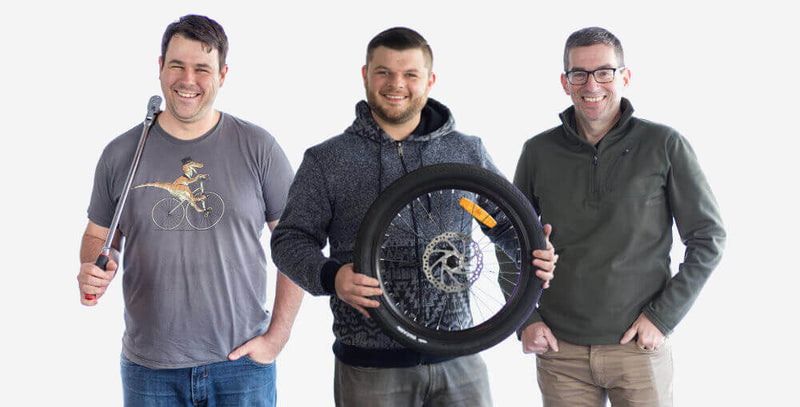WHICH TYPE OF ELECTRIC BIKE DO I NEED?
Now that you have a better sense for what makes electric bikes unique and why people around the world are increasingly turning to them as their vehicle of choice, it’s time to start focusing more on the bikes themselves—how they work, how they’re designed, and what they’re capable of.
This section will outline some of the specific details that make one electric bike different from another so that you can eventually select the electric bike that’s right for you.

ELECTRIC BIKE CLASSIFICATIONS
Currently, electric bikes fall into three broad classes, and while these categories have been created largely as a way of helping lawmakers figure out how to approach the growing influx of electric bikes, they also provide a nice way of sorting electric bikes according to factors such as speed and power. The three primary classes of electric bikes are:
Class 1: Pedal Assist - Pedal assist electric bikes, also commonly referred to as “pedelecs,” are equipped with electric motors that only work while the bike is being pedaled, and that are activated by some sort of pedal action sensor designed to detect when the bike is being used. In the United States, pedelecs are limited to 20 mph and cannot use motors that exceed 750 watts.
Most pedal assist ebikes allow riders to select the degree of power provided by the motor, enabling them to tailor the performance of the bike to fit their specific needs and geographies. A rider may adjust her level of motor assistance, for example, going from low to high and back to low again, as her commute to the grocery store carries her initially across flat ground, up a hill, and then back onto flat ground again.
Pedelecs are good, flexible electric bikes perfect for all-around use, and are a particularly good option for those seeking the convenience and experience of a bicycle, but who know they’ll be using a relatively high degree of motor assistance every time they ride.
Class 2: Power on Demand - The key difference between power on demand electric bikes and pedal assist electric bikes is that power on demand bikes allow riders to activate and control the motor, regardless of whether or not they’re actually pedaling. Most power on demand bikes give riders full control of the motor by using a throttle, button, or trigger located on the handlebars; some models may also include a pedal activator as well. As with pedelecs, power on demand bikes are limited to 20 mph and 750 watt motors.
Power on demand bikes tend to offer an especially wide range of riding options since riders can choose precisely if and when the motor kicks in, as well as how much power it provides when it is in use. Cyclists using this type of bike can go anywhere from fully human-powered pedaling to fully motor-powered riding, and anywhere in between. For this reason, power on demand bikes generally give riders more control over their riding experience than any other type of electric bike.
Perfectly straddling the worlds of conventional bicycles and motorized vehicles, power on demand bikes are an ideal option for those who want the best of both worlds. They are very often the electric bike of choice for people who are looking for a way to ease into cycling, or who are interested in a way to control and gradually increase or decrease their level of physical exercise while riding. Power on demand bikes are also great for the all-around generalist, making it possible to go on a physically strenuous bike ride one day and then a quick and easy commute the next, all on a single vehicle.
Class 3: Speed Pedelecs - Speed pedelecs, sometimes called “S-pedelecs,” are very similar to normal pedelecs in terms of their basic operation, with the important distinction that speed pedelecs make it possible for riders to combine the power of their legs with the power of the motor to achieve speeds greater than 28 mph. S-pedelecs lack a throttle but can be equipped with a motor rated at up to 750 watts for pedal assist purposes only.
Obviously, speed pedelecs are the best option for riders interested in achieving higher speeds than those typically generated by most electric bikes. However, it’s a good idea to double check the laws in your specific location before using a speed pedelec since some jurisdictions view the faster-traveling s-pedelecs as full scale motor vehicles requiring special registration and a driver’s license. In some places, s-pedelecs are restricted from bike lanes and paths, while regular pedelecs and power on demand bikes are not.
When attempting to figure out which type of electric bike is right for you, it’s important to think about just what it is you’re trying to get out of your cycling experience. Are you looking for a low-impact way to get back into shape? Are you trying to find a bike that will allow you keep up with your grandchildren or a faster-cycling partner? Will your bike be used primarily for leisure or for practical everyday needs such as running errands and making daily commutes to and from work? Do you want the option of a physically challenging bike ride, or are you specifically looking for an affordable, easy to use, fully motorized mode of transportation? Will you be spending a lot of time riding up and down steep hills? Will you regularly be facing headwinds or other obstacles?
The answers to these questions, along with your understanding of the basic types of electric bikes currently being built, will help point you in the right direction as you begin searching for the perfect electric bike.



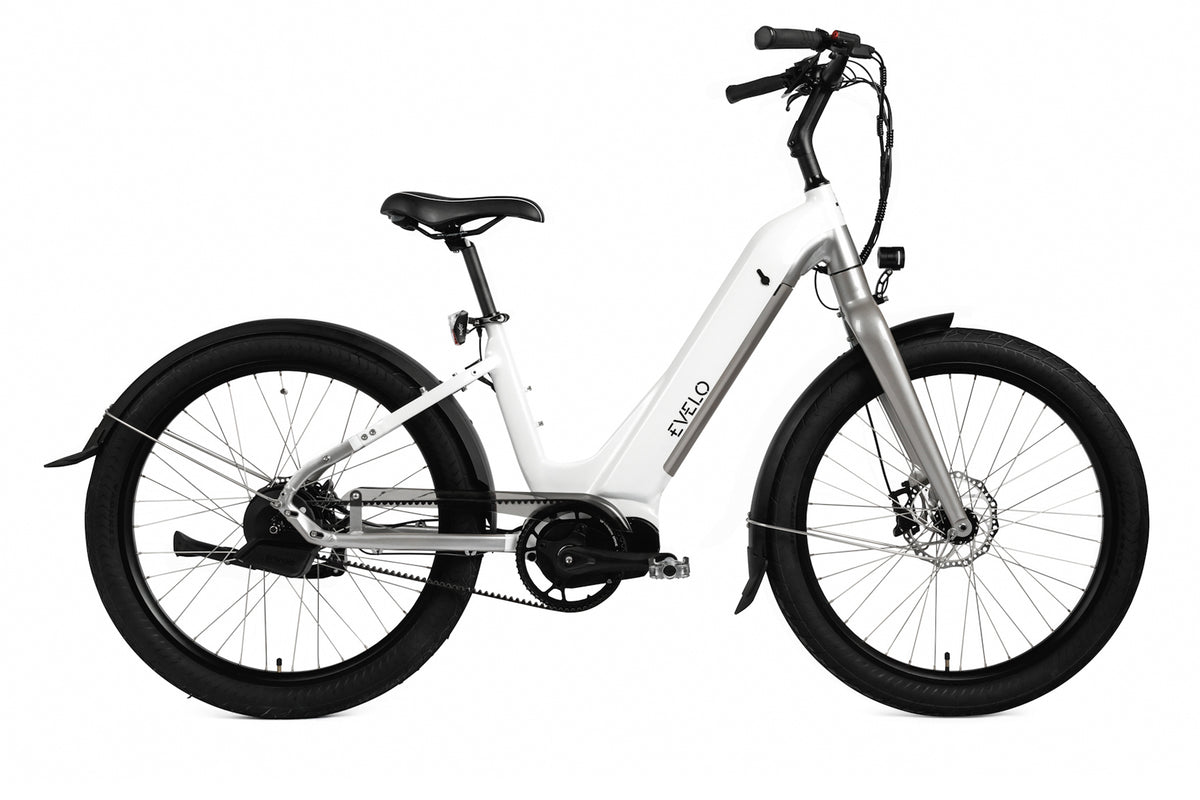
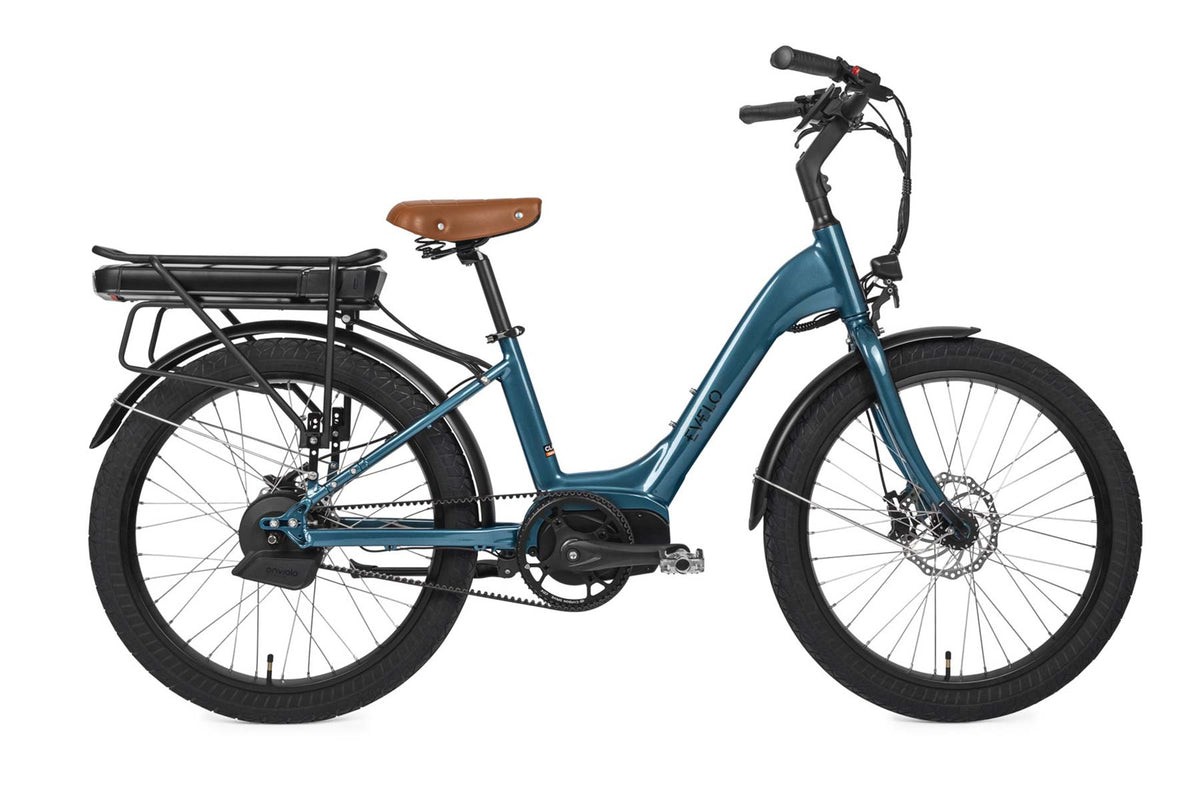


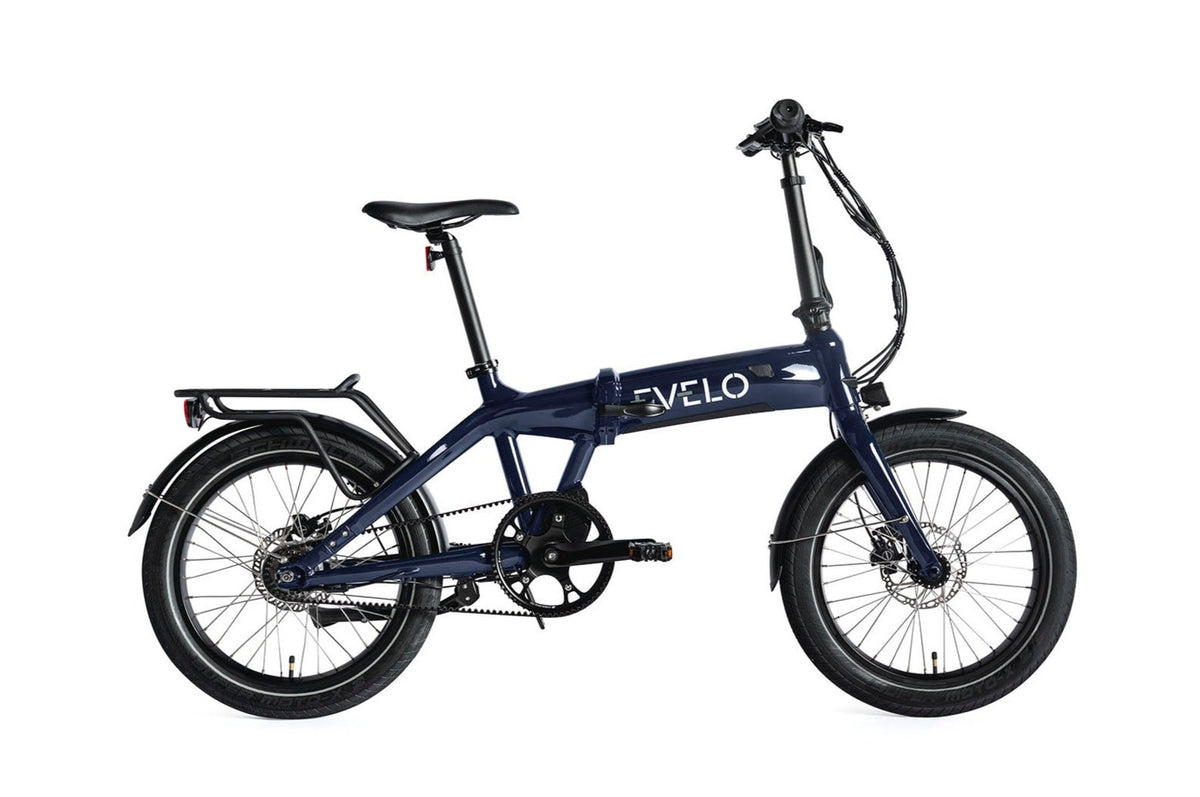
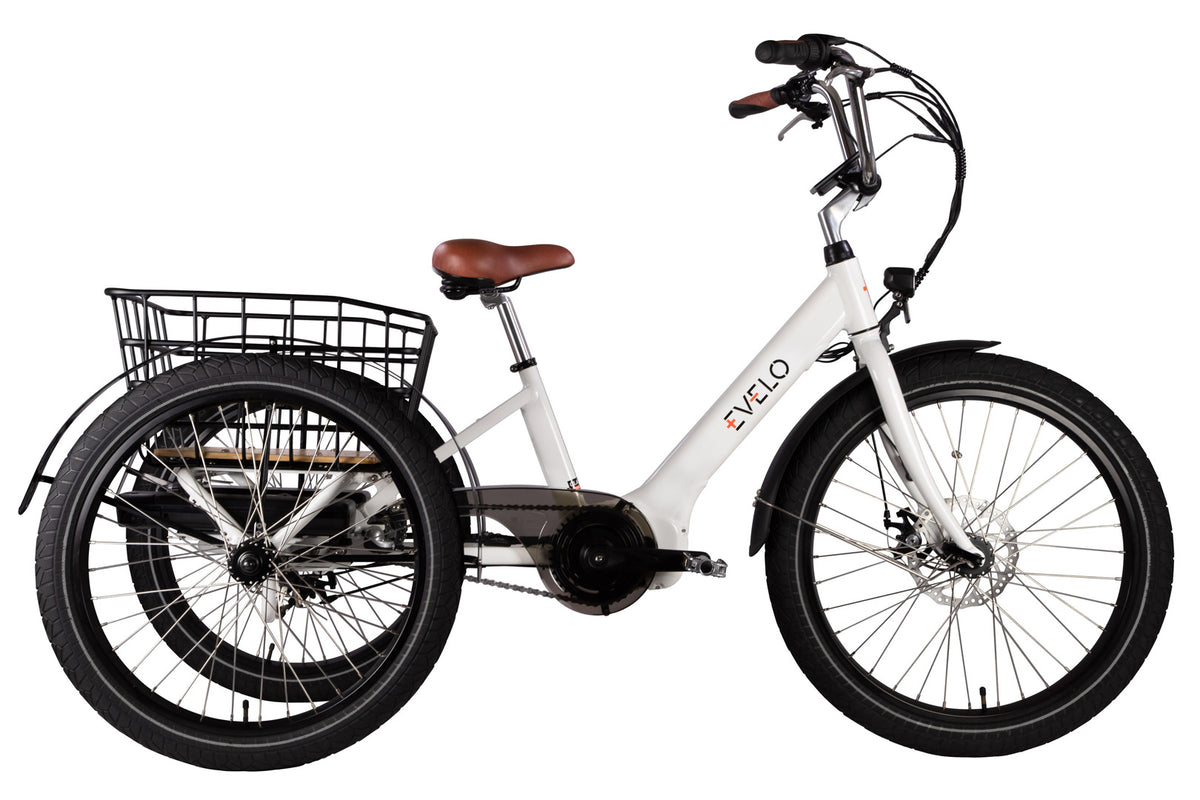
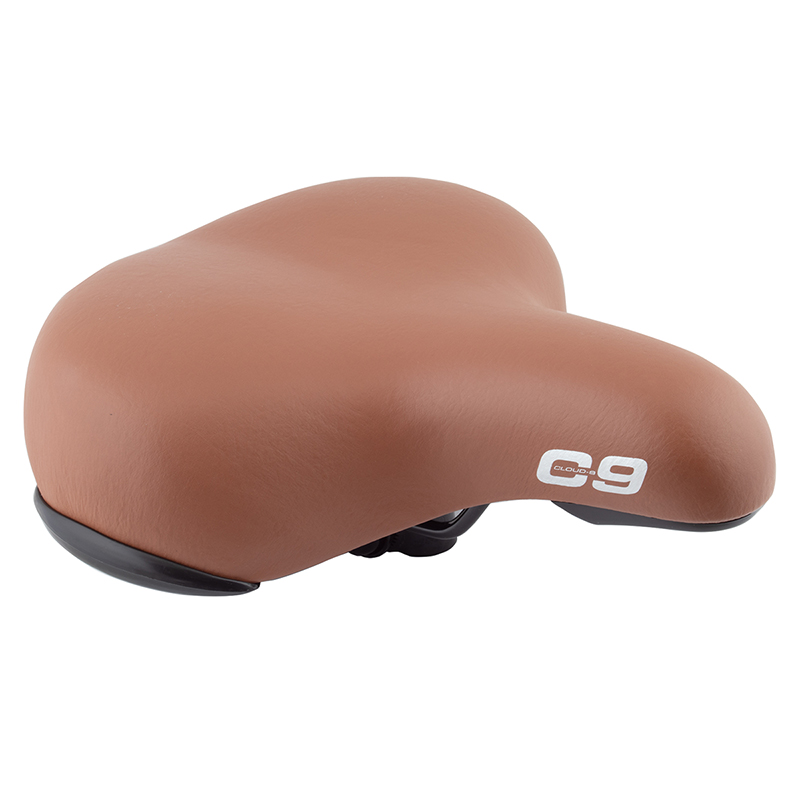
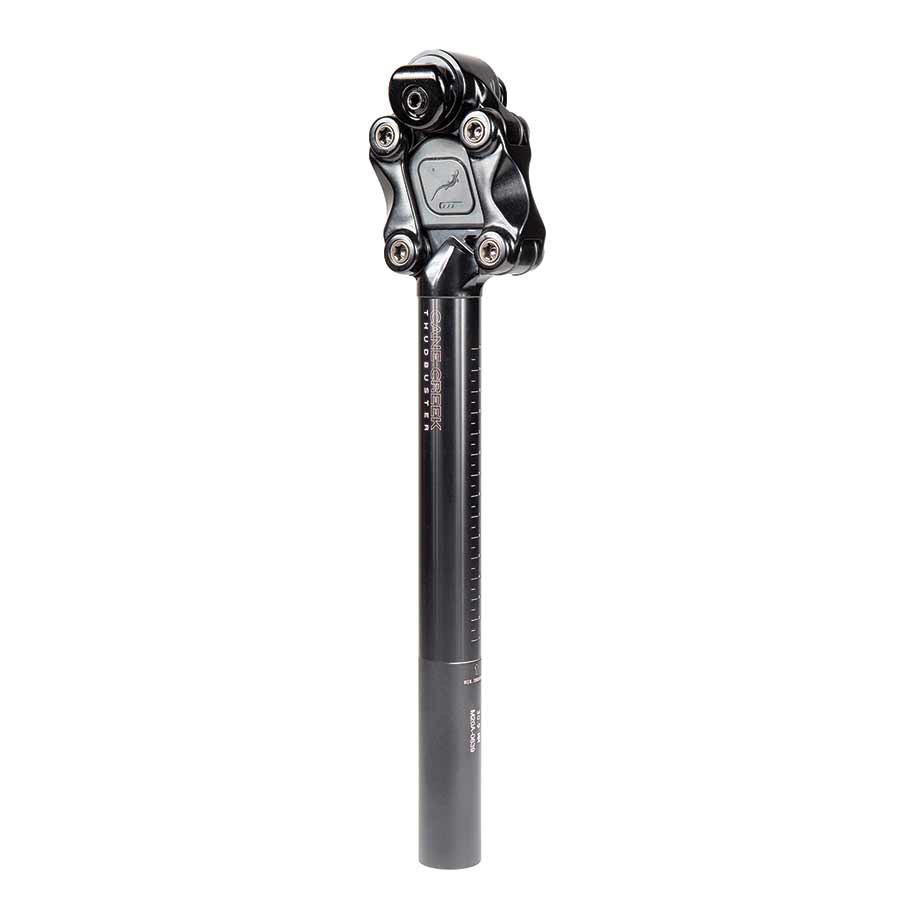
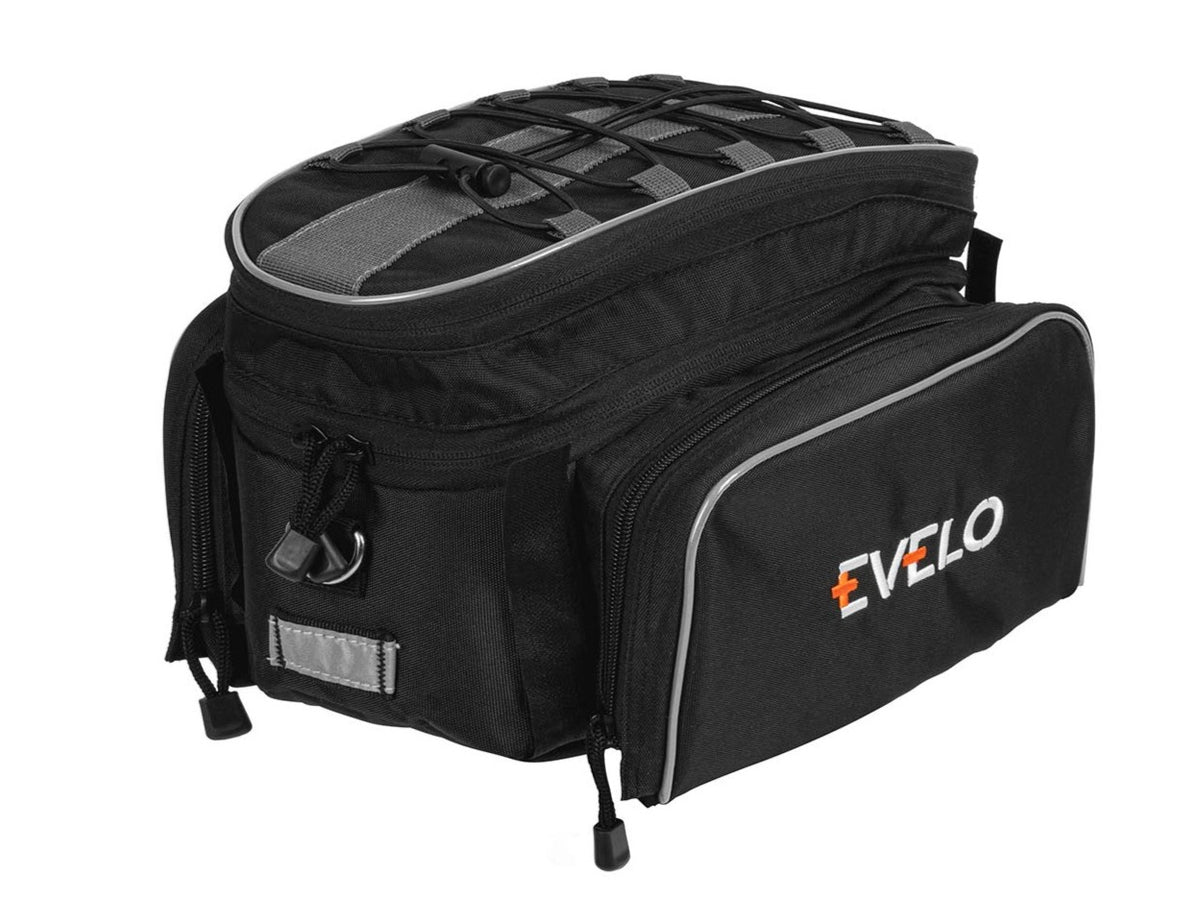
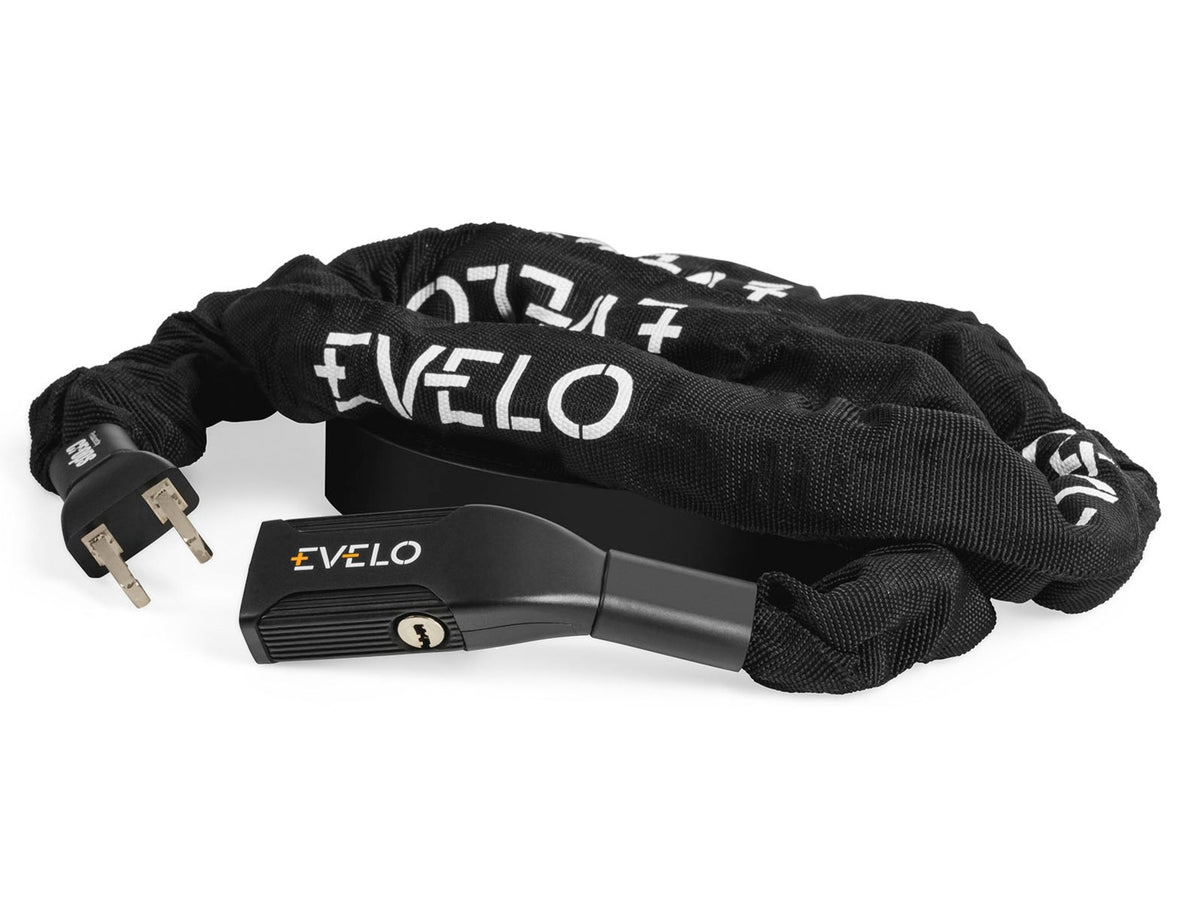


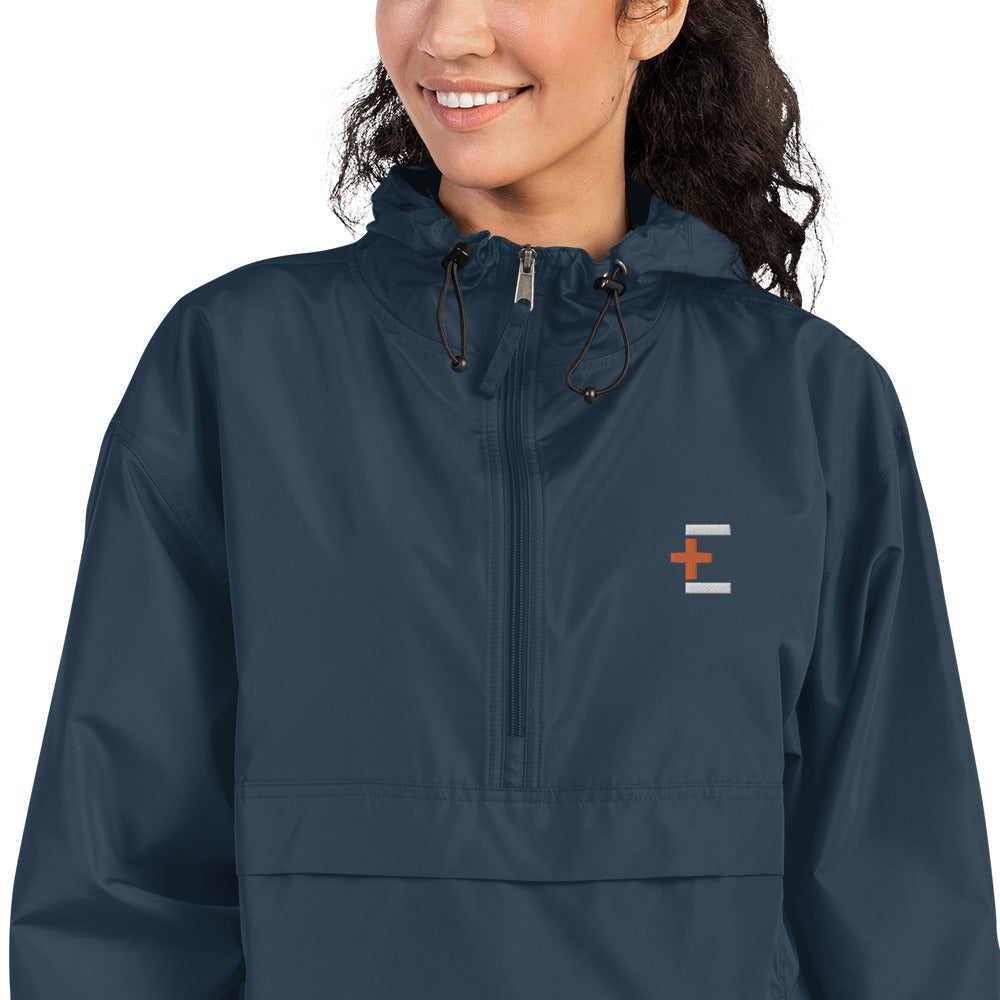

 Easy Assembly
Easy Assembly
 Service and Repairs
Service and Repairs
 Ebike Articles & Content
Ebike Articles & Content
